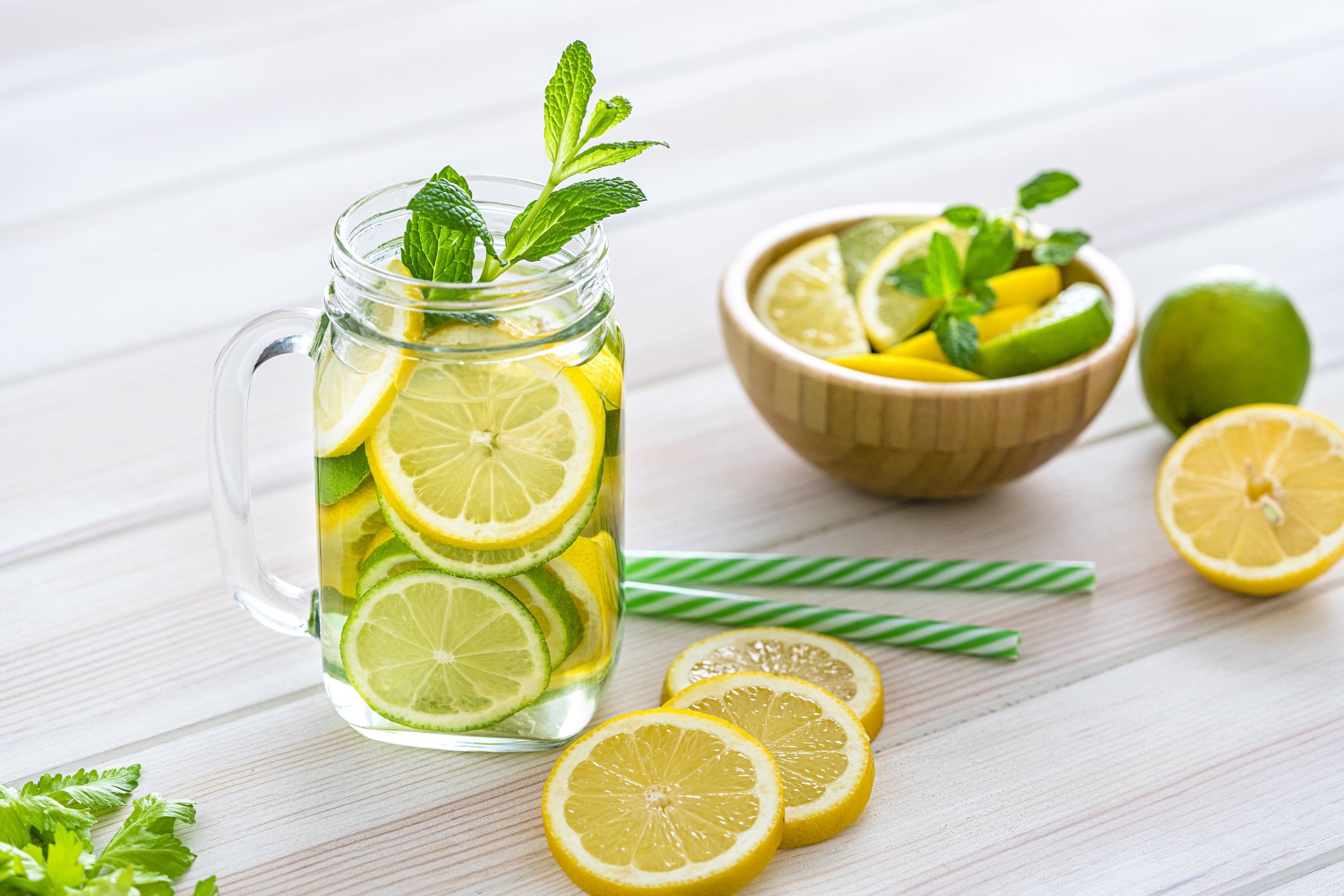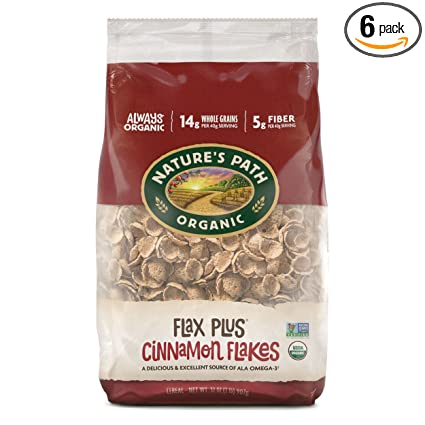
It does not mean that you should eliminate salt from your daily diet. You can still enjoy a variety of delicious foods and low in sodium. You need to select the right kinds of food. These include canned goods, processed meats and cheese. Also, you can choose low-sodium tomato extract and paste. Low-sodium meats, dairy products and other products can also help you save money and time.
Fresh fruits, vegetables and whole-grain noodles are just a few of the many foods that have low sodium. Nuts are rich in healthy fats, which make them a great source for protein, fiber, essential vitamins, and minerals. Nuts are rich in antioxidants which protect against free radical damage and counter the harmful effects of sodium. If you are unsure how to cut down on sodium, read this article to learn about some of the best options.
To avoid the harmful effects of sodium, you can choose food labels that state their sodium content. For example, look for the "Heart-Check" seal. These processed meats are high in sodium and should be avoided. Check the ingredients and make certain they are labeled with "low sodium" (or "low potassium). If you're unsure, cook with fresh herbs. Alternatives include celery seed and onion powder.
To cut your daily sodium intake, try substituting processed cheese for low-sodium ones. Use substitutes like cottage cheese, buttermilk, and mozzarella. You can also substitute table salt with spices and switch canned drinks for homemade juice. Avoid canned foods and roasted salted peanuts. Avoid these foods as they are high in sodium. Also, it is a good idea to thoroughly rinse canned foods with water before consuming them.
Try spreading sodium throughout the day, to reduce your sodium intake. Reduce your sodium intake by eating fruits and vegetables. Avoid high-sodium food. Ask for less sodium at restaurants. Custom-made dishes are healthier for you and contain less sodium. Ask for condiments and dressings when you order from a restaurant. You can request lower-sodium options when dining out.

When trying to reduce your sodium intake, the first thing you should do is to read the labels of any food that you eat. Always read labels. It will contain information such as the serving sizes, ingredients, and sodium content. A product should not contain more 140mg sodium per portion. To make your popcorn more flavorful and to help you adhere to a low-sodium diet, you can add spices. This snack is great for fiber and low-sodium.
It is important to avoid salty food, but you can still eat foods that have low sodium. These foods include whole grains, breads, and other breads that are high in fiber but low in sodium. Rice bran is a good source, with only 6 mgs of sodium per cup. Be aware that whole grain products can contain additional salt. For example, multigrain bread contains nearly 170 mgs of sodium.
If you want to reduce sodium in your diet, try eating fresh fruit. Fresh fruits are low-sodium and rich in essential vitamins. An apple can contain about one milligrams of sodium. This is approximately 6% of the daily sodium recommended. Greek yogurt contains the same amount of sodium that plain yogurt, but has more protein. This makes it a great choice if you are watching your sodium intake. It is also rich in potassium which is crucial for maintaining healthy levels of blood pressure.

Some foods are very high in sodium. These levels are still low in comparison to other foods. Although vegetables are rich in fiber and naturally low sodium, they are also high in sodium. For example, one cup of beets has 84 milligrams of sodium while half a cup of spinach has 63 milligrams. Other "saltless" foods include asparagus and green beans as well as avocado.
FAQ
Do I have to buy ingredients in order to cook?
You don't need to buy every ingredient. Many grocery stores have premade sauces and other products that you can substitute for. Pre-made meals are a great way to save money.
What should a beginner chef learn?
For beginners, it is best to begin with something simple like pasta, rice or soup. Learn how to cook with a recipe book, YouTube video or other resources. Cooking with others is more enjoyable. You can cook together as a family or with friends.
How do I learn how to cook like an expert?
Cooking is one way to be a better cook. Cooking healthy meals for your family and friends is a great way of increasing self-confidence and learning new skills. You can learn to cook at home if your goal is to become a good cook. Find out what recipes you love first. Next, study books about different foods like Chinese, Mexican and Italian. Finally, make sure you practice different recipes until you feel confident.
Do I need to go to culinary school to be a chef?
No. No. Many chefs began their careers learning by themselves. Some went to culinary school simply to gain experience. Culinary school is preferred by most chefs because they have more opportunities to grow and learn. Culinary schools give students hands-on experience, which allows them to develop valuable skills as well as improve their culinary knowledge.
Statistics
- On average, chefs earn $58,740 a year, according to the BLS. - learnhowtobecome.org
- The median pay for a chef or head cook is $53,380 per year or $25.66/hour, according to the U.S. Bureau of Labor Statistics (BLS). (learnhowtobecome.org)
- According to the BLS, chefs earn $58,740 a year. (learnhowtobecome.org)
External Links
How To
How to make a perfect eggroll
Omelets are my favorite breakfast dish. But how do they turn out so perfectly? I've tried many recipes and different methods but none have worked. I have some tips and tricks to help you make delicious, fluffy omelets every single morning.
First, eggs can be very temperamental ingredients for making omelets. They must be fresh, preferably from the organic market, and be kept cold until cooking. The yolks and whites will not form properly if they aren't kept cold enough. Your omelets will look strangely colored if this happens. It is best to use room-temperature eggs if you are going to cook them right away.
You can also separate the egg before you add it to the pan. The yolk and white should not be mixed together as this can cause the omelet's curdle.
If you add the egg directly onto the stovetop, you might end up burning the bottom part of the egg, which would ruin the texture of your omelet. Instead, microwave the egg for 10 seconds before adding it to the pan. The microwave heat will cook the egg just right without making it too hot.
Let's now talk about mixing eggs. Mixing eggs together is important. You need to beat them well. To do this, grab the bowl of the mixer and turn it upside down. Next, shake the bowl vigorously. This allows the air to be whipped and the egg to be mixed thoroughly.
Now it's time to have fun: pour the milk into the mixture. Pour half the milk into the beaten egg mixture and then fold in the eggs. If you still see streaks of eggs, don't worry. These streaks will disappear once the omelet has been turned over.
After folding the eggs fold the pan onto medium heat. When the oil starts to hot, wait for the pan to cook. When the oil is hot enough, add 1/4 cup butter to the pan. Stir it around until the butter covers the entire pan. The lid should be carefully opened. Sprinkle salt in the pan. An additional pinch of salt will prevent the omelet form sticking to your pan.
Cover the pan once the omelet is formed and allow it to cool completely. Flip the omelet upside down or with a spatula. Cook the other side for about a minute. Take out the omelet and place it in a bowl.
This recipe works best with whole milk, but skimmed milk also works.